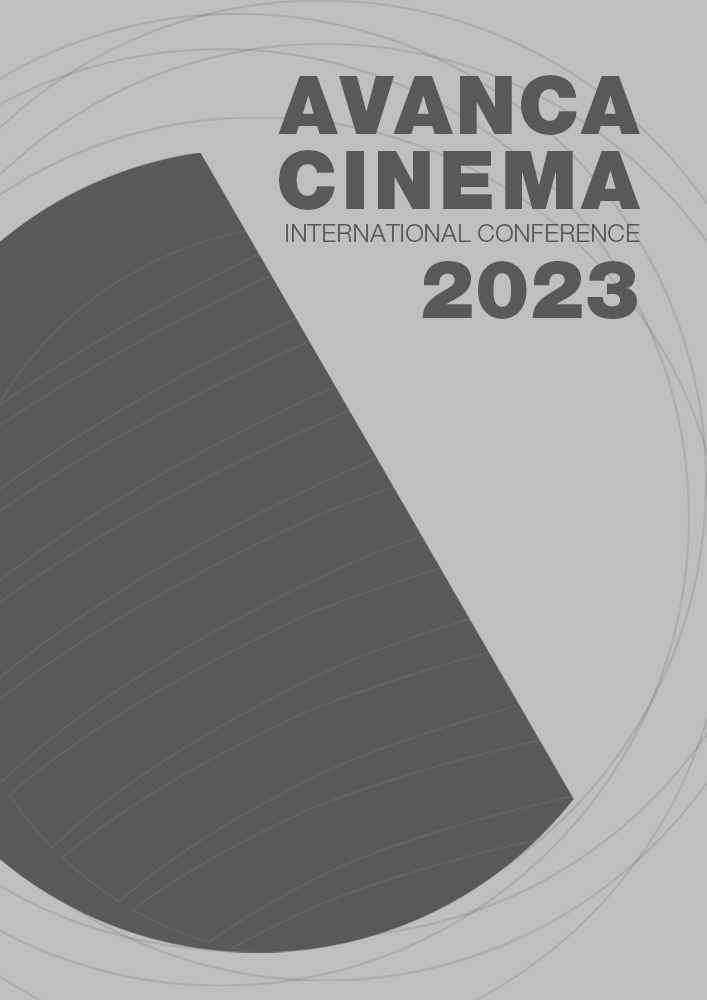Capítulo I _ Cine - Arte
O estatuto da produção de imagens em cinema e arte através da inteligência artificial
Resumen
This work aims to investigate the production of images of an artistic nature in the field of generative artificial intelligence systems, emphasizing the creation process used by these machines, indicating why they operate a convulsion in the classification and understanding of their production in the field of art and what implications of their uses arise in the spheres of creativity, originality, ethics and work, including the challenges for cinema. By tracing a line of analysis between the discourse that crosses the introduction of this tool in contemporary times and the insertion of this reflection in the social fabric and structure of capital, the text intends to provoke and question how concepts such as progress sustain the functioning of AI and how it operates as a statement. In this analysis, supported by media theories, in special the contribution of cinema as media archaeology, media ecology and Marshall McLuhan legacies and Arthur Danto’s context-temporal understanding of art, we seek to establish the theme in its aesthetic, technological and collective amplitude, enabling updates that can encompass the great horizon of questions raised by AI. From “Metropolis” (1927), by Fritz Lang to “AI: Artificial Intelligence” (Steven Spielberg, 2001), science fiction created a technological imaginary regarding the representation and limits of the man-machine relationship, a relation that, in the century, moves to extra-film, demanding new understandings about art from the moment in which works can be experimentally generated and directed by artificial intelligence. Art and movies made by AI can help us understanding new dilemmas and challenges to images in the contemporary world.

Esta obra está bajo una licencia internacional Creative Commons Atribución 4.0.

